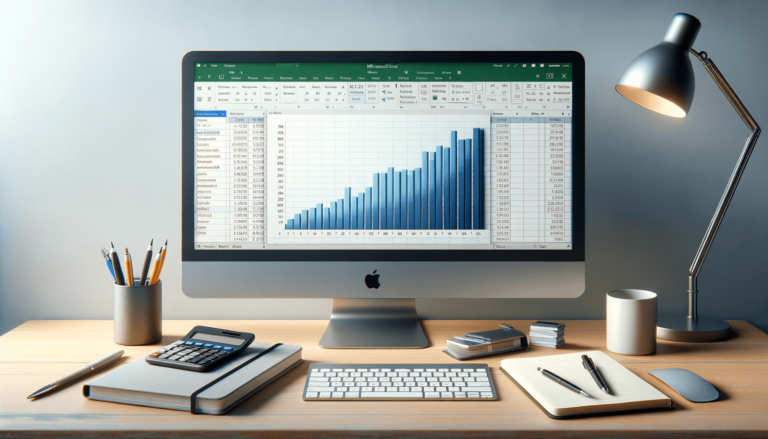

If you are looking to create a stacked bar chart to visually represent data in Microsoft Excel, then you have come to the right place. A stacked bar chart is an excellent way to display the contribution of individual items in a category to the whole. It showcases the percentages or values of each item in the category, represented by a bar chart. With the help of Excel, creating a stacked bar chart is a simple and easily achievable task and can help in delivering your data in a concise and visually appealing manner. In this post, we will guide you through the steps involved in creating a stacked bar chart in Microsoft Excel.
Here’s a quick and easy way to create a stacked bar chart in Excel:
If you want to get more advanced with your stacked bar charts, here are some additional customizations you can use:
A stacked bar chart is an effective tool for comparing data, especially when you want to show how individual items contribute to the total. For example, you could use a stacked bar chart to show the sales figures for different products in each quarter of the year. The stacked bar chart would show the total sales for each quarter, with the total broken down into the sales figures for each product. This way, you can easily see which products contributed the most to the total sales for each quarter.
Another way to compare data using a stacked bar chart is to use a 100% stacked bar chart. This type of chart shows the distribution of each subcategory as a percentage of the total. This can be useful when you want to compare the proportional contribution of multiple subcategories to the total of each category.
While stacked bar charts are simple and effective, there are some best practices you should keep in mind to make sure your chart is accurate and easy to read:
Creating a stacked bar chart in Excel is a great way to visually represent data and highlight the contribution of individual items to the total. By following these easy steps, you can create an effective stacked bar chart in just a few minutes. Remember to keep these charts accurate and to follow the best practices, and you’ll be well on your way to using data visualization to communicate more effectively.
Here are some common questions about creating a stacked bar chart in Excel:
Yes, you can still create a stacked bar chart even with only one data series. In this case, the segments of the stacked bars will represent the different categories within the data series.
Yes, you can customize the width of the bars by right-clicking on the chart and selecting “Format Data Series”. From there, you can choose the desired width for the bars.
Yes, you can use a stacked bar chart to compare more than one set of data by creating a chart with multiple series. Each series will be represented by a different set of stacked bars on the chart.
Yes, you can use a stacked bar chart to compare data over time by creating the chart with time categories on the x-axis and subcategories on the y-axis. This will create a horizontal stacked bar chart.
Yes, you can add data labels to your stacked bar chart to show the actual values or percentages for each subcategory. Just right-click on the chart and select “Add Data Labels”, then customize the formatting options as desired.
Explore the world of Microsoft PowerPoint with LearnPowerpoint.io, where we provide tailored tutorials and valuable tips to transform your presentation skills and clarify PowerPoint for enthusiasts and professionals alike.

Your ultimate guide to mastering Microsoft Word! Dive into our extensive collection of tutorials and tips designed to make Word simple and effective for users of all skill levels.

Boost your brand's online presence with Resultris Content Marketing Subscriptions. Enjoy high-quality, on-demand content marketing services to grow your business.
